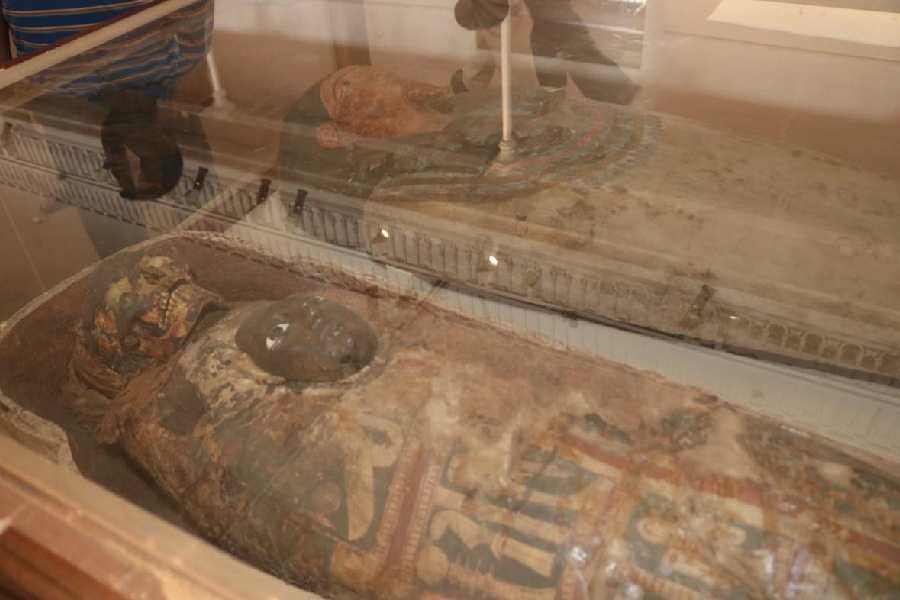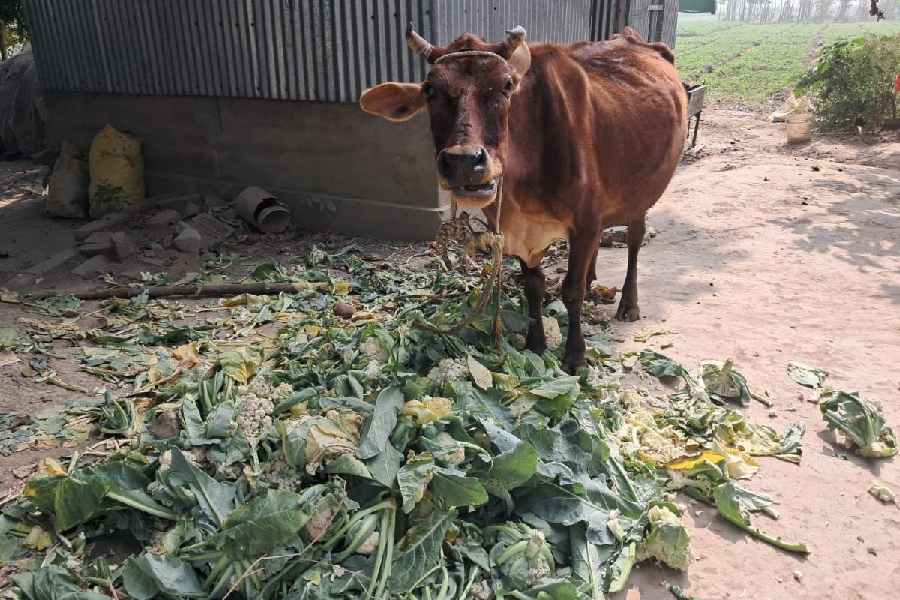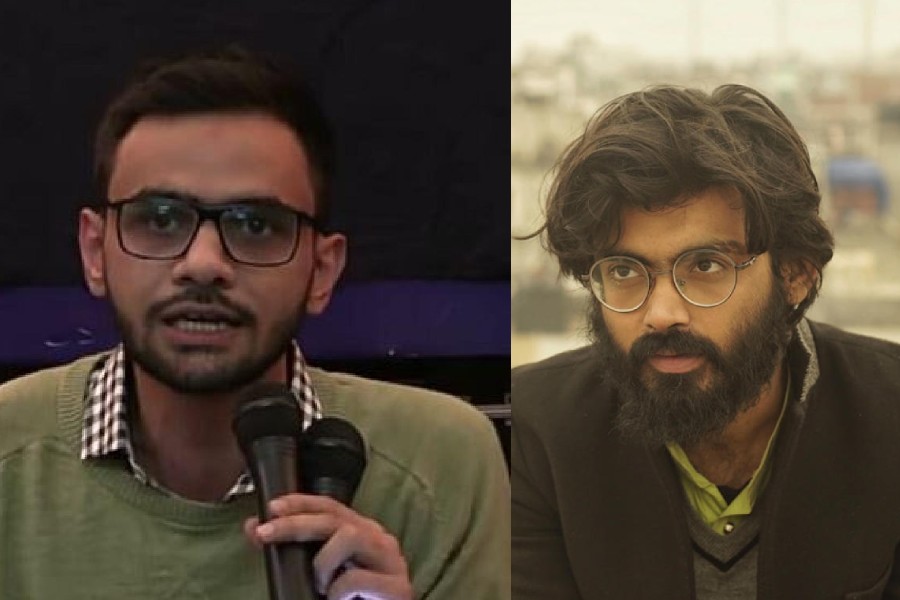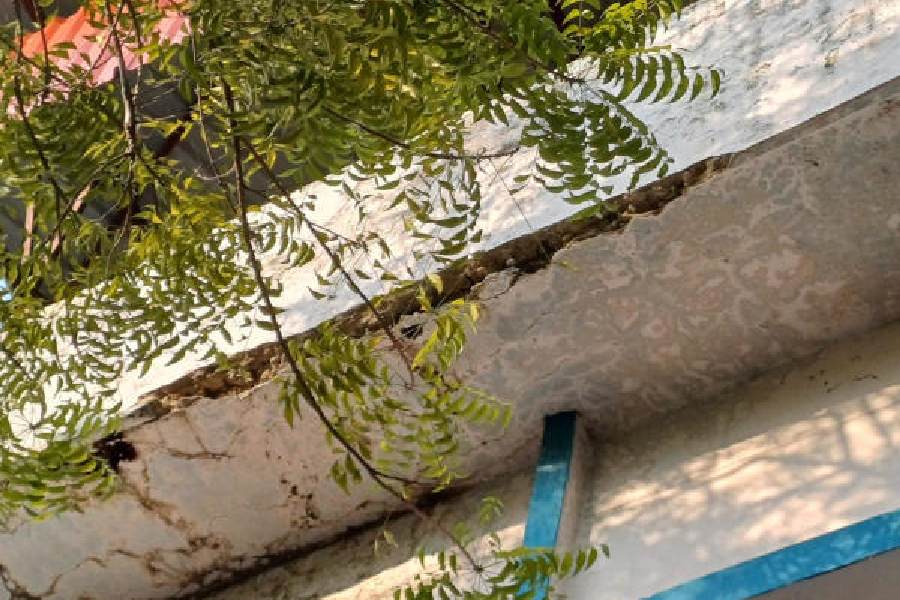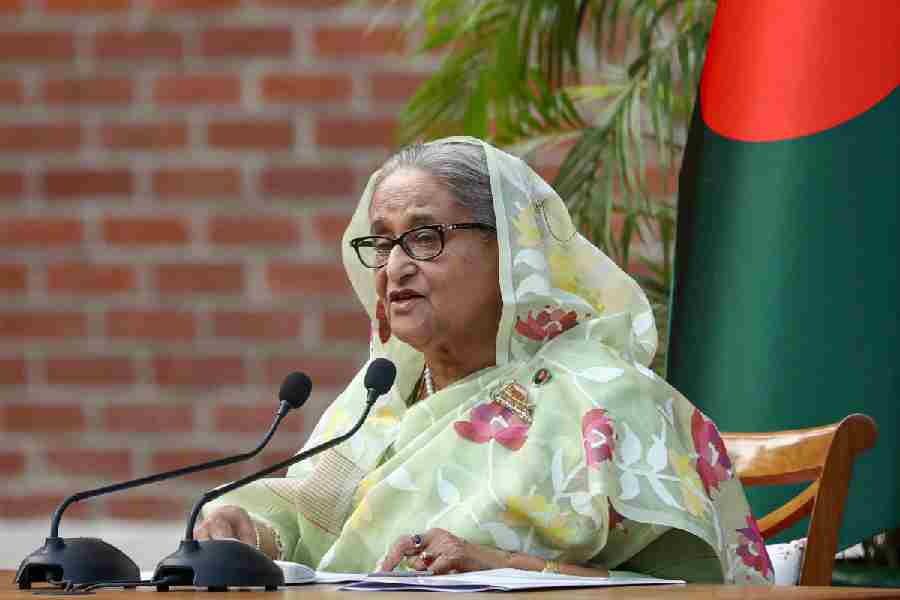A 4,000-year-old Egyptian mummy, one of Indian Museum’s major attractions, has been temporarily shifted from its usual display space in the first-floor Egyptian gallery.
The Central Public Works Department (CPWD) is renovating the Egyptian gallery. Work is expected to be completed by the end of this month, after which the mummy will be shifted back.
The Egyptian mummy arrived in Calcutta in 1882 and was mentioned in the museum’s list of attractions published the next year. A mummified hand was gifted to the Asiatic Society of Bengal in 1844.
The gallery presents a collection of Egyptian antiquities along with the mummy.
Concerns have been raised several times regarding the preservation of this ancient priceless Egyptian artefact. The mummy is placed in an insulated cabinet which, the authorities said, prevented its degeneration.
Then Union minister of state for external affairs M.J. Akbar visited the museum in 2016 and expressed dissatisfaction with how the mummy was preserved.
Then Egyptian ambassador to India visited the museum the same year and offered to assist in restoring the mummy.
There have been talks of seeking assistance from the National Research Laboratory for Conservation, Lucknow, and the Chhatrapati Shivaji Maharaj Vastu Sangrahalaya (CSMVS), Mumbai, to explore possibilities for better preservation.
“We have been taking guidance on the preservation of the mummy from experts. Temperature and humidity are controlled
and we use air-conditioners and humidity-absorbing crystals to preserve the mummy. We are also talking about purchasing state-of-the-art display cases with in-built air conditioners and dehumidifiers,” said A.D. Choudhury, the director of the Indian Museum.
He also pointed out that “the winter season is the most appropriate time to shift the mummy for renovation because both the temperature and humidity are low in this season”.
The mummy for the time being is being kept in the first-floor exhibition space where it will form part of an exhibition, said Sayan Bhattacharya, the deputy director of the museum.
The body of the mummy is seen wrapped in cloth, the arms tied down to the sides. The flesh of the face and head has crumbled away
exposing the bones.
The mask, which lay over the face, has been removed and laid on the chest. This mummy is estimated to be about 4,000 years old.
According to the records of the Asiatic Society, on July 5, 1834, Lieutenant E.C. Archbold wrote a letter to the Society telling them that he had found a mummy in the tombs at ‘Gourvah’(which may have been a mistranslation of ‘Gourna’ or ‘Kurna’, a group of three villages in Egypt located near the city of Luxor).
While the looting seems to have been pretty straightforward, transporting a body across the Indian Ocean, from Mocha to Mumbai, proved harder than Archbold had anticipated.
When the ship he was travelling on refused to carry the mummy, he left it behind in Mocha and asked the Coote (the name of the British navy warship) to ship it across after his departure.
How the mummy exactly reached Calcutta is shrouded in mystery.

